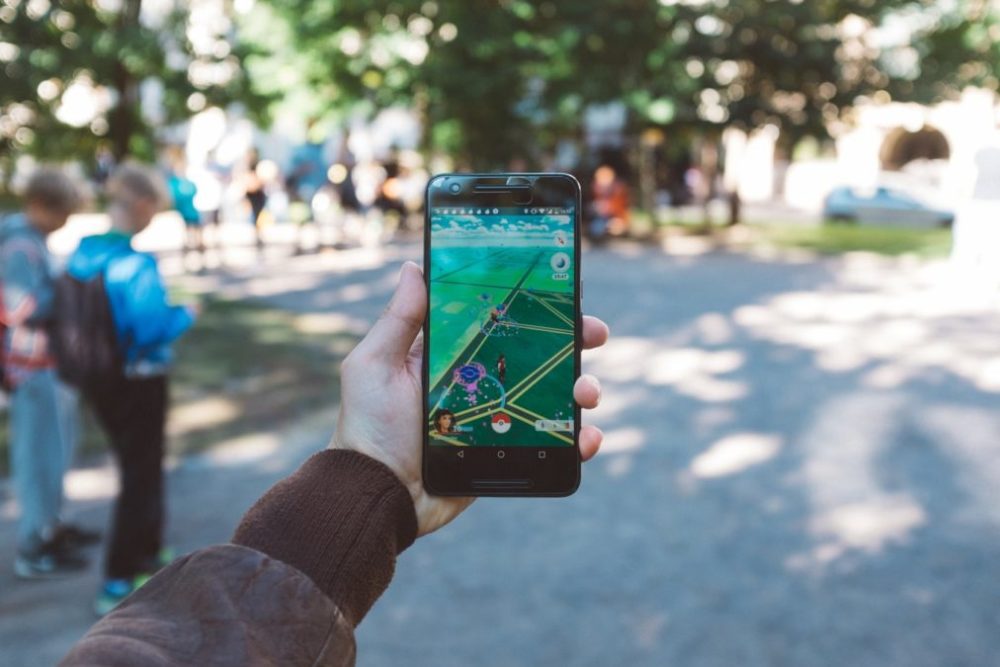Is it time? You work in IT in city planning. Is it time to start considering augmented reality?
The short answer is yes. It is time. But, the big changes will occur with the rollout of 5G.
Augmented Reality (AR) entails superimposing a computer image or images over a users’ view of the world. It can do this in several ways: via a smartphone, for example, or via glasses or in due course, via contact lenses. View the world through your device and there to behold might be practical information, images of people you are communicating with, or something fun.
>See also: 12 hot augmented reality ideas for your business
It came to the public’s attention with Pokemon Go – for a few weeks back in 2016, you could see them, or maybe you were one of those people, traipsing the streets, smartphones held high, suddenly becoming animated because, to the casual observer, they had spotted a seemingly invisible object.
That was for fun – and no doubt, games playing will drive the popularity of Augmented Reality in the short run.
Anecdotally, AR is set to be big. Surveys say this. Gartner predicts it, and Tim Cook, the Apple CEO expects it.
>See also: Augmented reality: a revolution?
According to Statista, the AR and virtual reality market was worth $6.1 billion in 2016, is expected to be worth $27 billion in 2018 and by 2022 will be worth $209.2 billion.
If it happens, that’s quite the growth rate.

Gartner has meanwhile been busy promoting AR along its hype cycle. At the beginning of the decade, it was at its first stage, what Gartner calls the technology trigger, it hit something of an initial peak in 2011, before entering the so-called trough of disillusionment. Now it has AR coming out the other end into the promised land, or what Gartner calls the Slope of Enlightenment. The descriptions are rather poetic, but the point is that Gartner reckons that the initial hype associated with AR is over. So too is the backlash. Now the technology is set to fulfil potential. The emergence of AR is a key component of what has become known as the Fourth Industrial Revolution.
“Simply put, we believe augmented reality is going to change the way we use technology forever.”
Finally, there’s Tim Cook. “Simply put, we believe augmented reality is going to change the way we use technology forever,” he said a few months ago, as Apple released its earnings for Q4 of last year. Mr Cook has repeatedly said that AR will be more significant technology than virtual reality.
The key moment will surely be the introduction of 5G across the world. AR requires a lot of data, and needs it fast, while the user is on the move. Without 5G it is cumbersome technology – it can work for Pokemon Go, but the more revolutionary stuff, the kind of applications Mr Cook has in mind when he talks about it changing the world, requires data in massive volumes.
>See also: CTOs on our Doorstep: INITION’s CTO on innovating in a state of flux
For smart cities, AR has relevance in multiple ways. First off, it can communicate information to the public. If could, for example, provide directions, superimposing on your view of the streets, arrows pointing to the nearest public lavatory. Or, it could provide information on planning – so that the public can get a better feel on precisely where a new building will be and what it will look like. Or the appearance and position of a new bypass, rail links, or water and energy facilities.
AR can also be used to enhance documentation, presenting information and help in a way that can greatly simplify processes.
The technology won’t only apply to communication with the public. The planning process itself will be supported, with AR it will be able to walk into a virtual representation of a planned building or extension, superimposed over the existing space.
>See also: VR vs AR – the battle of the realities
AR in combination with the Internet of Things will support maintenance work – information displayed highlighting faulty street lights, solar panels, tyres with low air pressure, or leaks in water pipes, with information beamed to experts at remote locations, providing instructions to workers on site.
AR could also support information to emergency workers, sharing information on specific details on a fire for example, or provide information to security forces.
AR will also be able to support health and safety within buildings and public places – with data sent to an AR device highlighting danger spots.
Nominations are now open for the Women in IT Awards Ireland and Women in IT Awards Silicon Valley. Nominate yourself, a colleague or someone in your network now! The Women in IT Awards Series – organised by Information Age – aims to tackle this issue and redress the gender imbalance, by showcasing the achievements of women in the sector and identifying new role models










